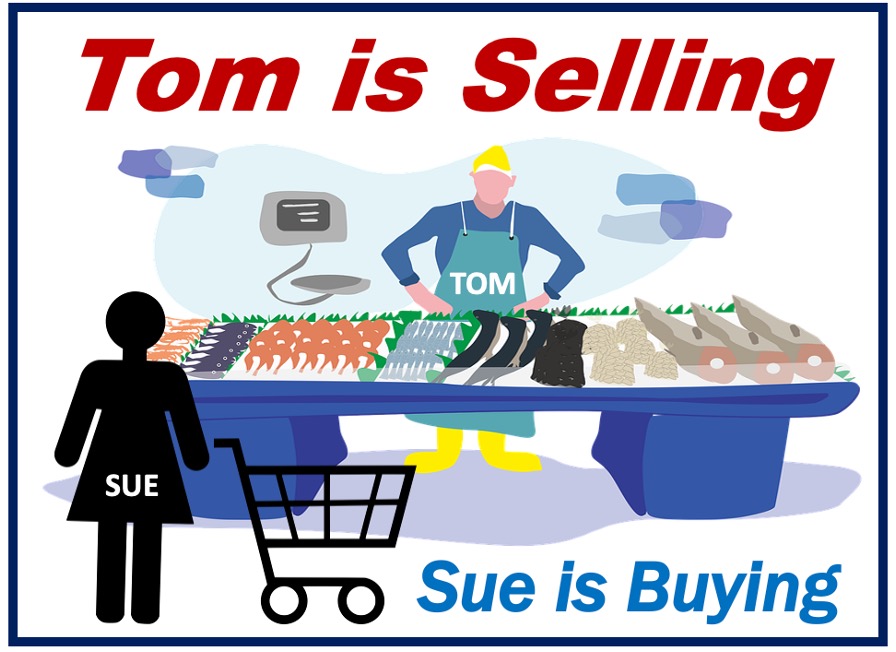Selling is one part of a trade or transaction. When one person buys something, the other is selling it. Anything that involves giving something to somebody in exchange for money is a type of selling.
The exchange may involve a service as well as a product.

The term selling also describes the process of persuading or trying to persuade a consumer to buy something.
All businesses are involved in selling. In fact, without making sales, they would not exist. In most cases, selling takes place in the sales department or the shop floor.
The term shop floor can mean the part of a store or shop where shoppers can be seen, or a factory floor. In this context, the former meaning is applicable.
Selling – Persuading
According to HubSpot, selling is essentially any exchange where money is traded for a product or service. In a sales negotiation, the seller’s goal is to persuade the buyer of the benefits of what they’re offering. If the buyer is convinced, they agree on a price, and the transaction takes place. In short, selling is all about persuasion
Types of Selling
Some experts say that there are seven types of selling techniques or situations, others say eight or nine.
The four main ones, that is, the four that are most commonly mentioned are: Transactional, Solution, Consultative, and Provocative Selling. Let’s have a look at them:
Transactional Selling
This is the most common technique. The salesperson gathers leads, works them, and tries to sell as much as possible. The whole focus is on just that sale.
In a transactional selling approach, the salesperson does not expect to see that customer again. It is a short-term strategy.
Solution Selling

The salesperson, in this case, focuses much more on the customer’s needs. When those needs are identified, the sales rep explains how their product fills those needs.
Rather than praising the product and talking about its great features, the seller explains how it can solve the buyer’s problems.
Consultative Selling
For this type of selling, you need a highly skilled sales force. The salesperson is often seen as more of an adviser.
A military equipment salesperson might have to include a training program for the buyer’s personnel. In some cases, the sale includes access to an expert or a whole team of specialized professionals.
Provocative Selling
The seller points out a potential problem that the customer was not aware of. After learning about it, the customer realizes that the problem needs to be addressed.
The salesperson then explains why and how their product can provide them with the solution they need.
Relationship Selling
This type focuses on building a strong, long-term relationship with the customer. You spend a lot of time getting to know your customer or prospect. A prospect is somebody who you believe could well turn into a paying customer.
As you get to know them, you gain a better understanding of what they need. Part of your aim is to get them to see you as a trusted adviser than simply a sales contact.
Value-based Selling
In this case, you emphasize the distinct value that your product or service can bring to the customer.
Apart from solving a problem and satisfying a need, you help the customer see what the potential return on investment could be if they purchase your product.
If your customer is focused on the bottom line or needs to justify the purchase internally, value-based selling can be highly effective.
Selling is not for Everyone

Not everybody knows how to sell well. How good are you? Have you ever tried?
If you are competitive, people-oriented, friendly, a good listener, and persuasive, you would probably be a good salesperson.
You must also be an expert on your product – that matters more than anything else.
